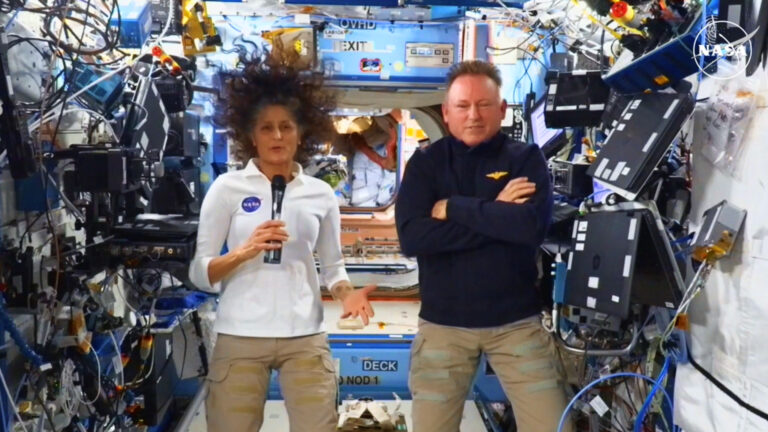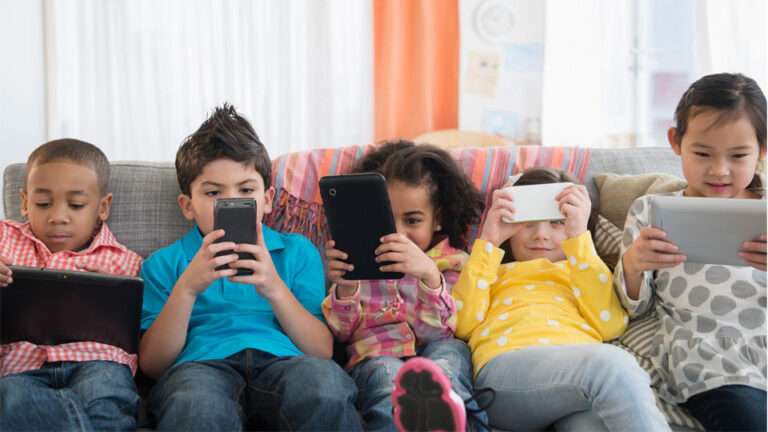The Powerful Role of Animals in Kids’ Emotional and Social Growth
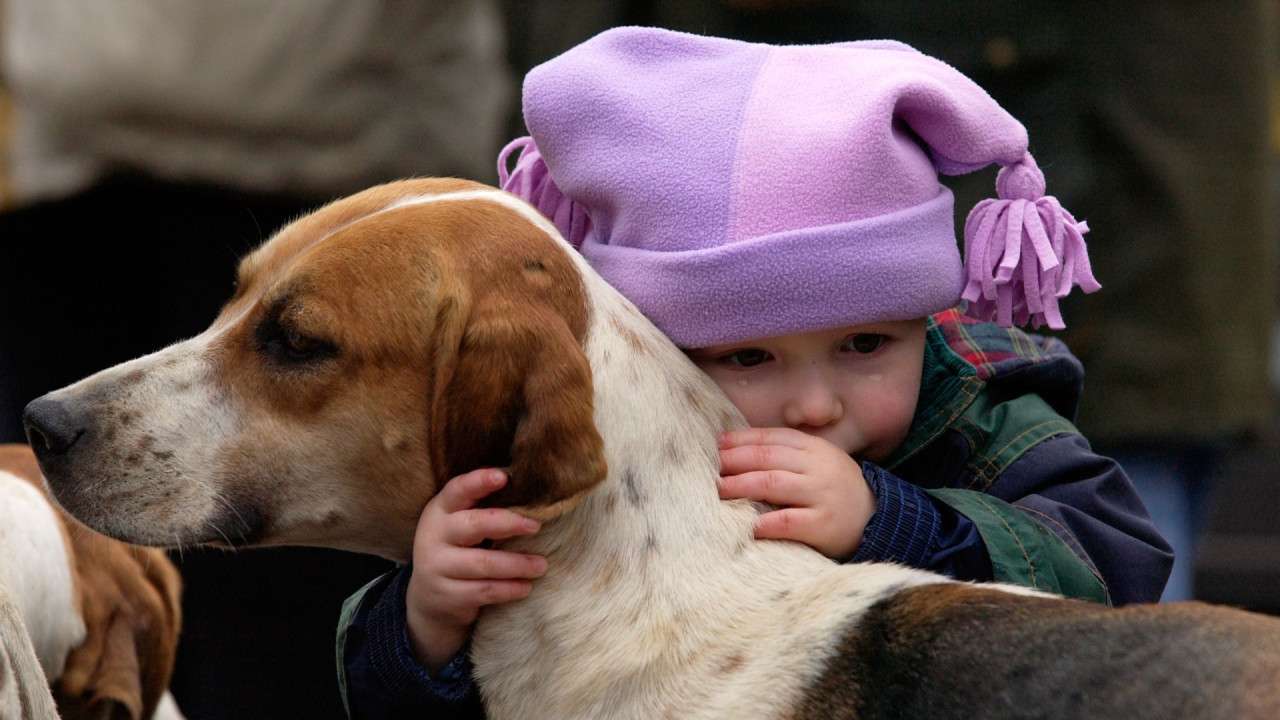
Choosing the right pet for your family is not just about finding a cute or cuddly animal – it’s about understanding the role pets play in a child’s development. Kelly Oakes explores how the bond between children and pets influences everything from empathy and responsibility to social and emotional growth.
A Real-World Connection
Kids have always been fascinated by animals – from the “Very Hungry Caterpillar” to adventure stories featuring wild creatures. But having a pet at home takes this fascination to a whole new level. It’s a real-world experience that teaches kids important life lessons. Pets are more than just animals to play with – they’re partners in emotional and social development.

Research consistently shows that pets, particularly dogs, can have a positive impact on children. They’re not just companions; they help boost kids’ social skills, emotional intelligence, and even cognitive abilities. For example, children with pets, especially dogs, are often more active, spend less time glued to screens, and tend to sleep better. The bond formed with a pet can teach valuable lessons in empathy, patience, and caregiving, which are crucial during the developmental years.
How Pets Benefit Physical and Emotional Health
Pets offer children a unique blend of physical and emotional benefits. Dogs, in particular, encourage physical activity. Whether it’s walking, running, or playing in the yard, having a dog means more time spent outside and less time in front of screens. Physical activity is essential for kids’ health and well-being, and pets can help make it fun and engaging.
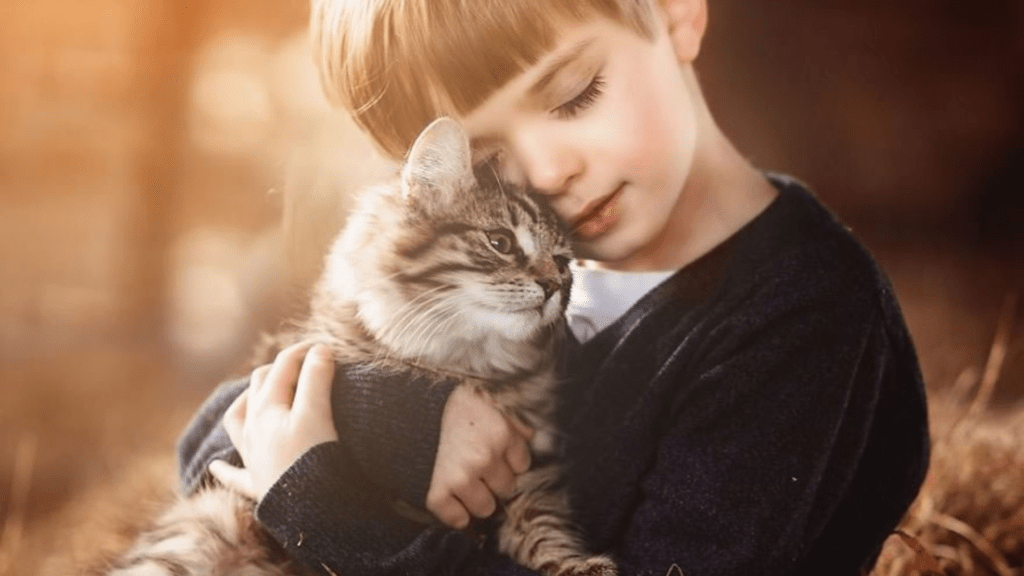
Beyond the physical benefits, pets also play a significant role in emotional support. They offer kids a sense of comfort, security, and unconditional love. Pets can help kids cope with stress, anxiety, and loneliness, offering a safe space for emotional expression. For children with autism, interacting with pets has been shown to improve social interaction and reduce feelings of stress.
It’s All About the Relationship
While pets certainly provide benefits, it’s important to note that not all pets are the right fit for every family. It’s not just about having a dog, cat, or hamster in the house – it’s about the quality of the relationship between the child and the pet. The more time a child spends with their pet and the more they engage in meaningful activities together, the stronger their bond becomes. For children, especially those under 10, pets that are more human-like, like dogs and cats, tend to form deeper connections.
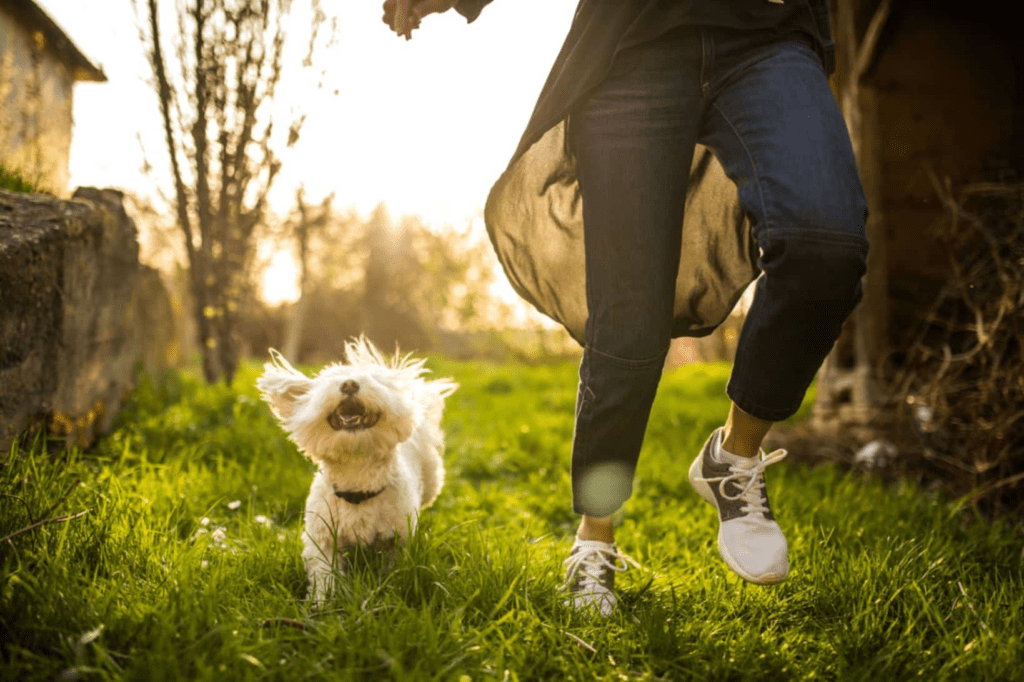
Additionally, family dynamics play a huge role in how well the relationship between a child and their pet develops. For example, children who live in homes with active, engaged families are more likely to form strong bonds with their pets. On the other hand, a child in a more isolated or stressful environment may find it harder to connect with a pet, which could reduce the potential benefits.
Pets Aren’t a One-Size-Fits-All Solution
Despite the many benefits, pets are not the answer for every family. The responsibility of pet ownership is a big commitment, and it’s not always easy. Pets require care, attention, and financial resources – something that may be difficult for families with limited time or money. There are also behavioral issues to consider, both from the pets themselves and the child.

For instance, some kids may have allergies or fear of certain animals, which could complicate the relationship. Families in housing situations where pets aren’t allowed also face barriers to owning a pet. And even if a child has a pet, it doesn’t guarantee automatic improvements in their health or social behavior. External factors, like socio-economic status or mental health issues, play a huge role.
Conclusion: The Unique Bond Between Kids and Pets
In the end, every pet-child relationship is unique. For many kids, pets are more than just companions – they’re essential partners in social development and emotional growth. While pets can offer some incredible benefits, it’s important to weigh the practical considerations and choose the right pet for your family’s needs.
Ultimately, having a pet can shape a child’s development in profound ways, providing opportunities for empathy, responsibility, and connection. It’s a relationship that offers lessons that go beyond what can be taught in a classroom, making the bond between children and pets one of the most rewarding experiences a family can have.



